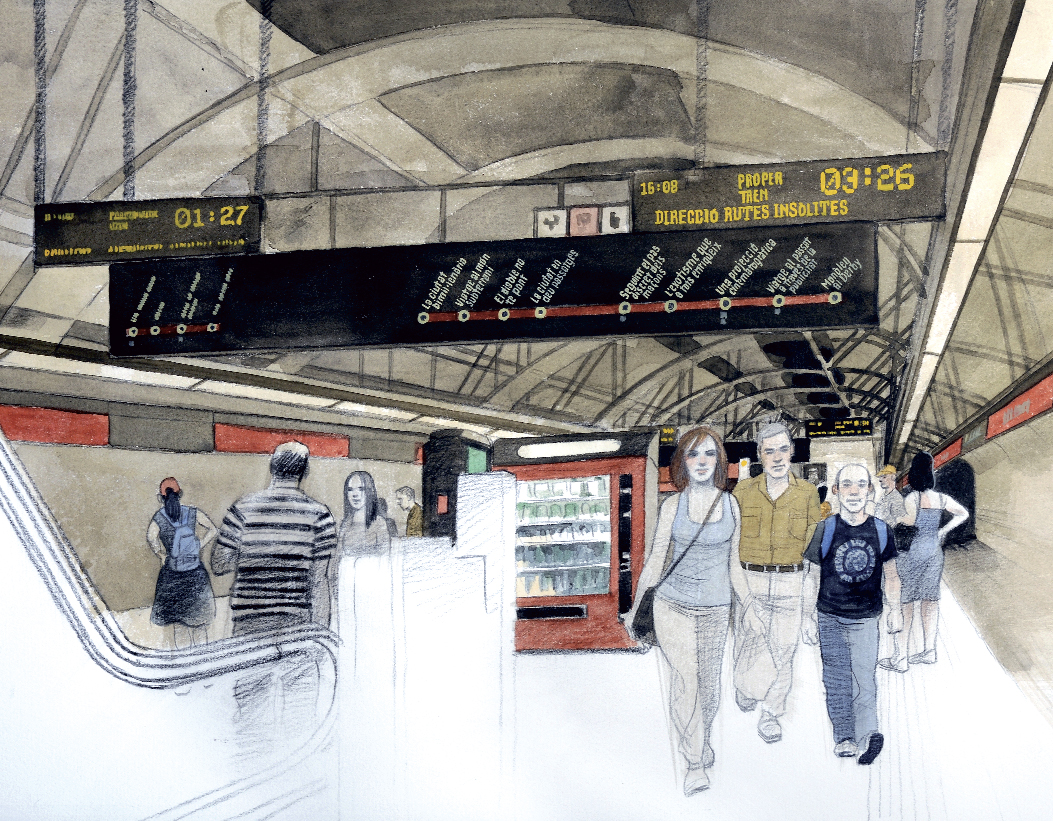We all have an image of Barcelona, an image we have lived through, built on the basis of our experiences and the account the city gives of itself or has communicated to visitors. Barcelona is the image we have formed of it, but also what we have received from others. The vision which outsiders reflect back to us may enlarge our perception of the city, but may often also be confined to stereotype.
In this new dossier we invited seven authors to wander off the beaten track most typically followed by tourists and convention delegates. And we called on them to suggest alternative routes which go beyond the Gothic Quarter and Modernist Barcelona.
The result is a selection of unusual routes which reveal hidden layers of the urban fabric, from Masonic Barcelona to the concealed city of passageways; from Roman remains to the traces of decades-old advertising still to be seen on the walls of certain buildings; from the real Chinatown of the modern era (the district housing the greatest proportion of recent Chinese immigrants), to underground Barcelona.
The tourists who visit us often move within the confines of imaginary walls erected by tour operators. The City Council plans to set about decentralising tourism, so that visitors will spread out to every district. There is another Barcelona to be discovered, but unless we ourselves first become familiar with it, we will hardly be in a position to show it to others.




